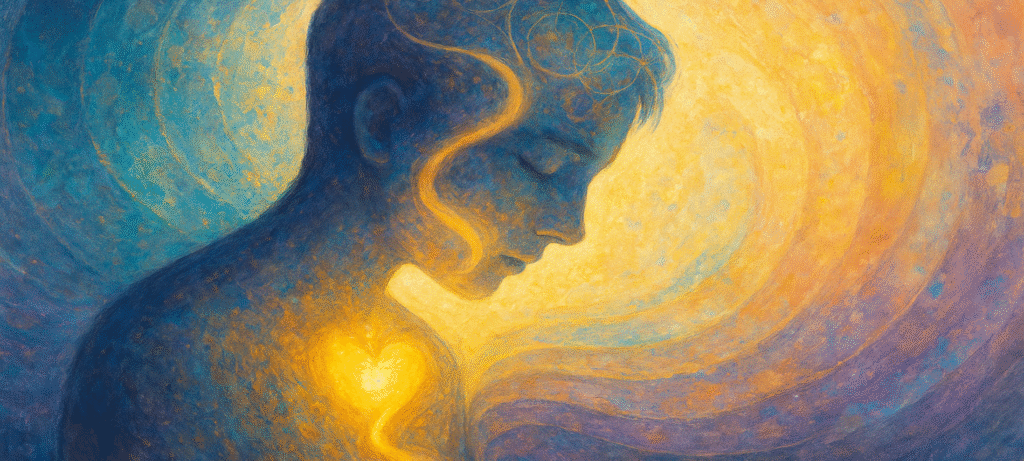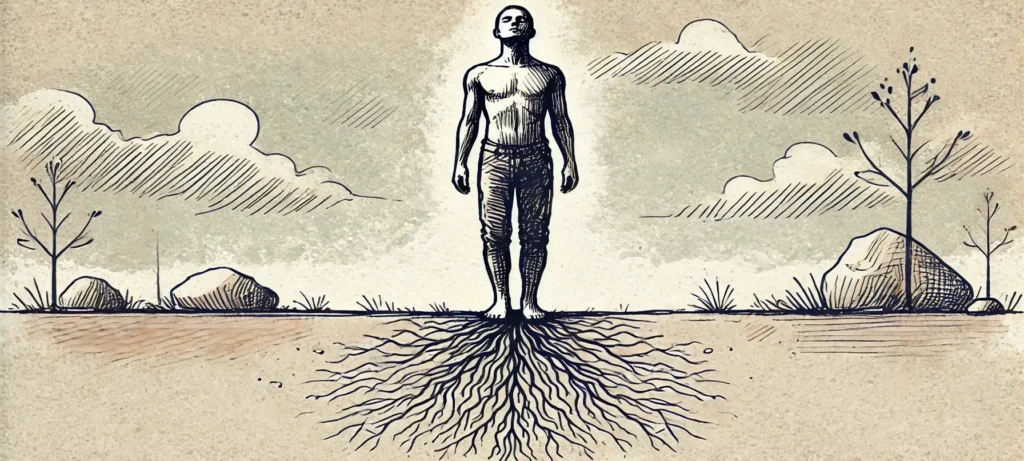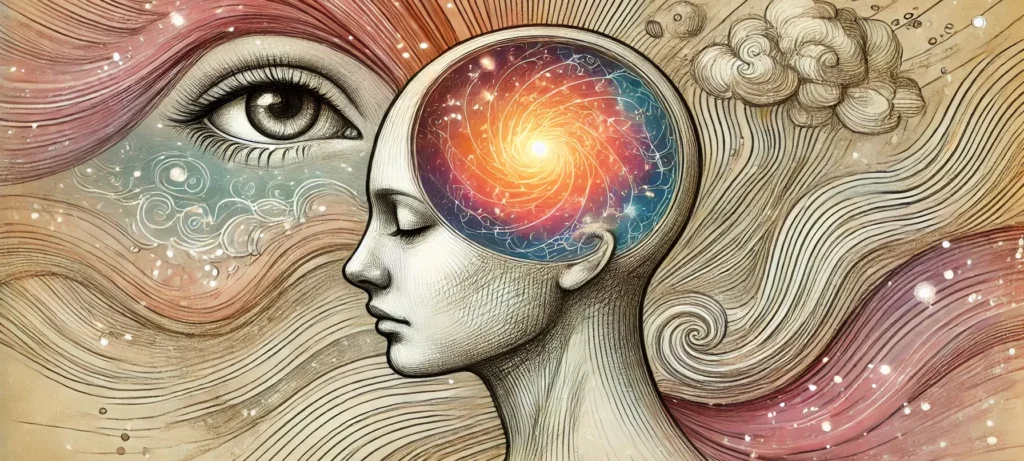The Slow Work of Becoming

A gentle reflection on the quiet ache to feel fully alive again and the small, deliberate moments that guide us back to our own sense of wonder and belonging.
You are Not an Object: Reimagining Your Presence in the World

What if you’re not an isolated object moving through the world but a vibrant, relational presence co-creating space and time with every breath, gesture, and encounter? This post explores how reframing your identity through the lens of relational being can open pathways to healing, presence, and meaning.
Desire is the Gravity of Becoming

Desire isn’t a passing whim but a bodily knowing. Before plans, before reasons, there is a pull that is quiet, insistent, and deeply real. This piece explores desire not as indulgence or ambition, but as a somatic orientation toward what wants to emerge through you. It is not born from lack. It is the gravity of becoming.
When desire fades, we lose our sense of motion. When it returns, life sharpens. This essay invites a reconnection to the felt intelligence of desire—how it humbles the ego, rearranges identity, and calls us toward the next true version of ourselves.
If you’ve felt still but not at peace, full but not alive, this is a map back to the momentum of what matters.
Stop Floating and Start Grounding

Grounding is a way to wake up. It’s not the absence of motion but how we move with intention. In a world that pulls us upward into our heads, into anxiety, and endless anticipation grounding draws us back down into the body, into the present, into what is real.
Grounding is the practice of coming home to yourself, not as a concept, but as a lived experience. Trauma often disconnects us from the body; grounding is how we gently return. Not to force safety, but to cultivate it. Breath by breath, step by step, we reclaim presence.
When we talk about somatic grounding, embodied healing, or trauma-informed presence, we’re pointing to a way of being and not just a technique. Grounding is a quiet revolution. A way of saying: I’m here. I belong. My body is wise, and this moment matters.
Perception, Awareness, and the Power to Shift Reality

Most people believe they’re seeing the world as it is but in truth, we experience reality through layers of perception shaped by habit, memory, and survival. This article explores how interoception, cognitive bias, and nervous system patterning shape our experience moment to moment. It describes how developing awareness allows us to shift from reactive perception to conscious presence.
When we learn to see our own seeing, we soften rigid narratives, reconnect with the body, and invite a more spacious relationship with life. Through somatic practices, mindfulness, and subtle shifts in attention, awareness becomes a tool for transformation by changing how we engage with it.
If you’re curious about the intersection of trauma-informed healing, embodied mindfulness, and the psychology of perception, this piece offers a grounded, experiential doorway into meaningful change.
